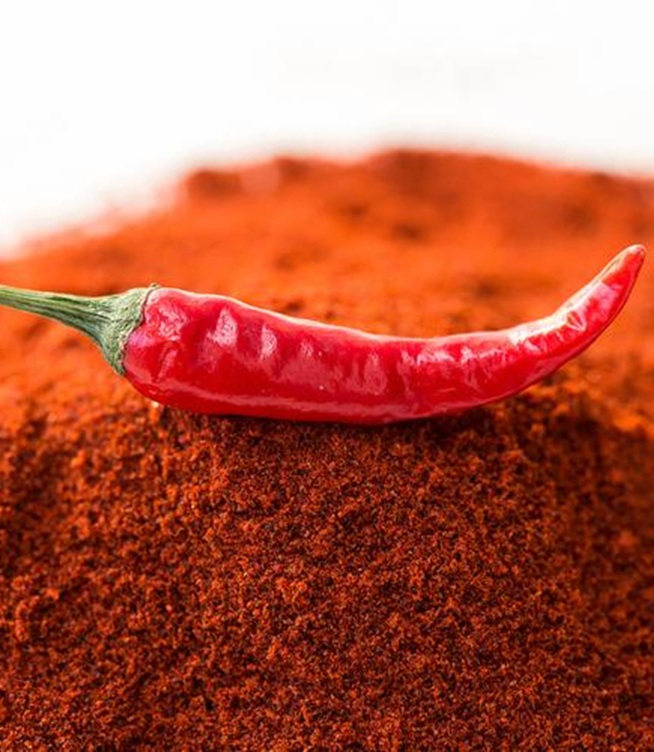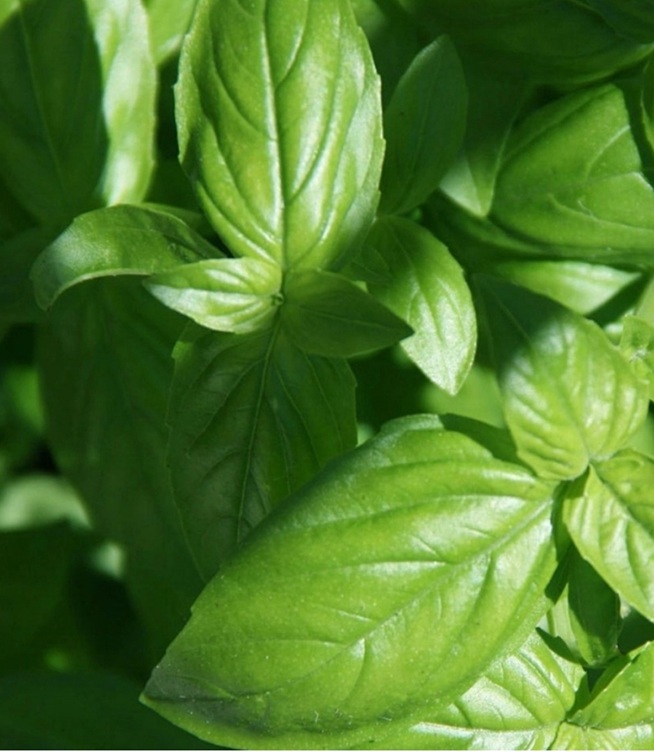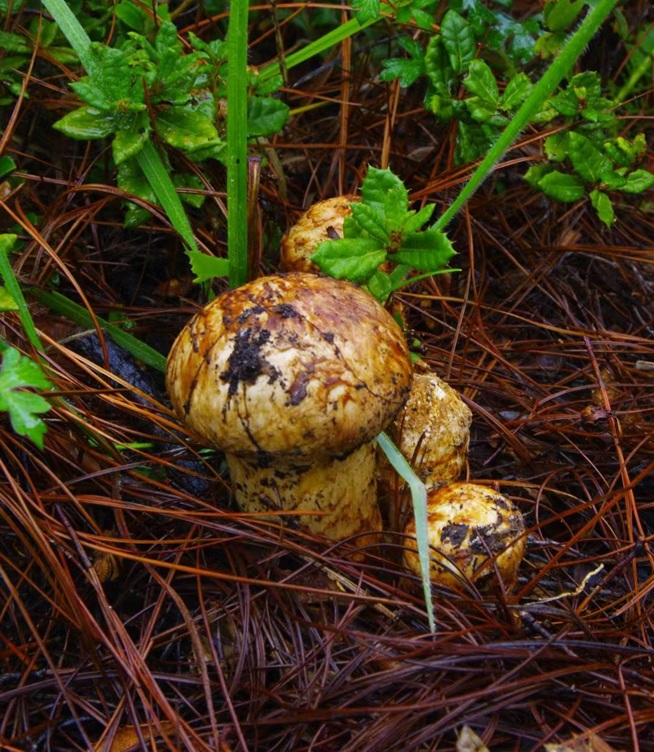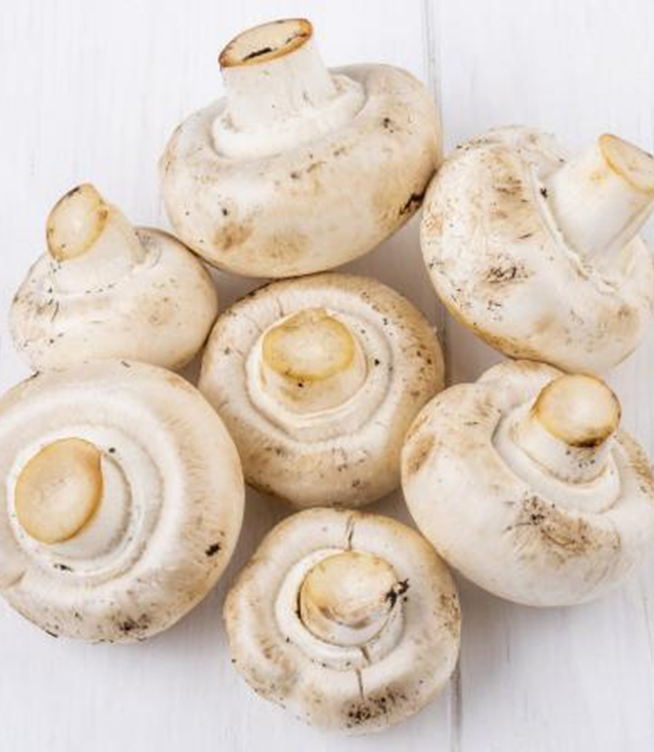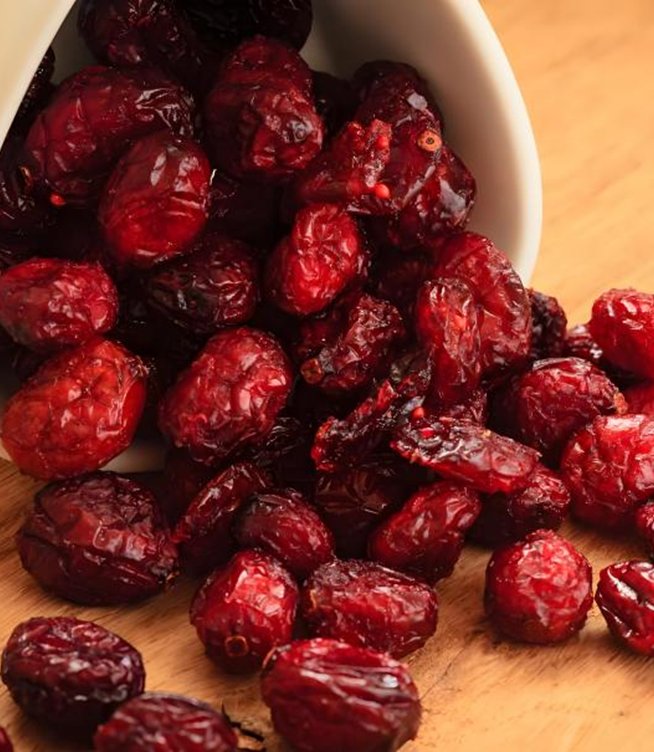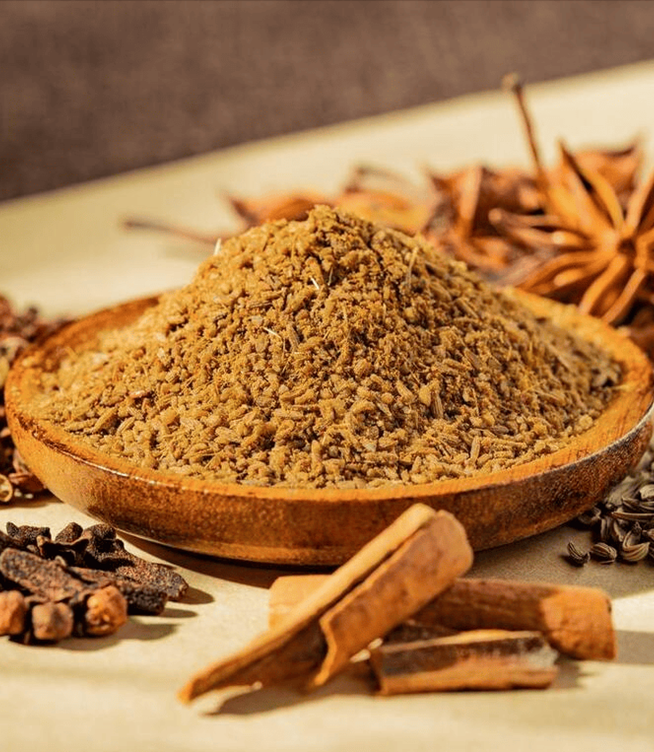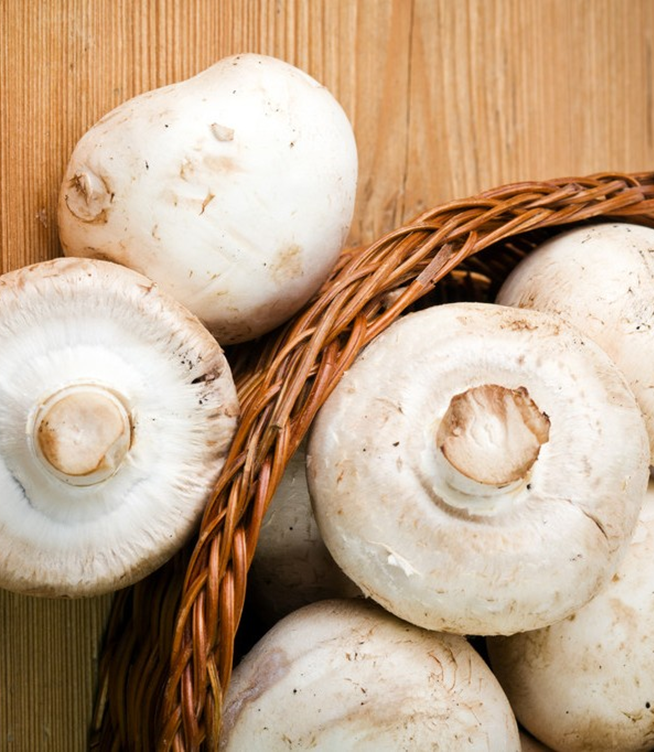Star Anise 101: Everything You Need to Know
What Is Star Anise?
Star anise grows on evergreen trees in places like China and Vietnam, and while it smells a lot like regular anise seeds, they’re not related. Star anise comes from the magnolia family, which explains its floral depth. When you bite into it, there’s that familiar sweetness, but with whispers of cinnamon and a subtle peppery kick. In Asia, it’s the secret behind the rich broth in a steaming bowl of pho or the deep flavor of braised meats. Elsewhere, it’s the cozy note in mulled wine, spiced cookies, or even a pot of chai. But it’s not just about taste. Old-school healers have long brewed it into teas for tummy aches or colds, and modern science backs some of that up—star anise packs shikimic acid, a key ingredient in making antiviral meds.
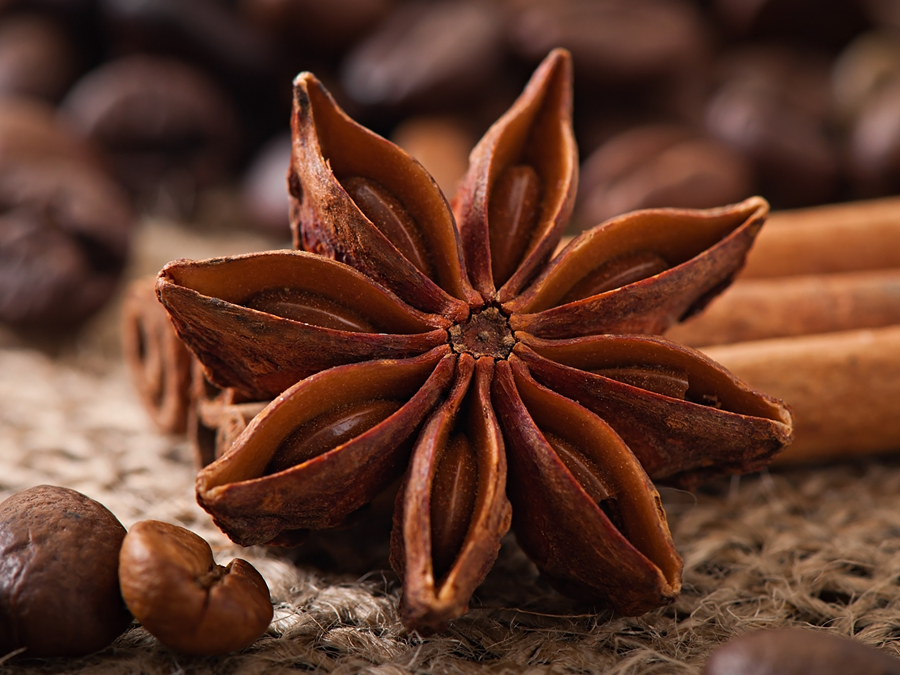
The star anise we commonly use is typically dried. Fresh star anise has a high moisture content (about 80%), making it prone to mold and fermentation at room temperature. However, once sun-dried or air-dried, it becomes more resistant to spoilage and can be stored long-term, making it suitable for year-round use.
Drying enhances the concentration of volatile aromatic compounds like anethole, intensifying its rich, warm fragrance. As a result, just a small amount of dried star anise is enough to infuse dishes with its signature aroma, whereas fresh star anise has a milder scent with a slightly green, raw note.
The drying process also reduces its size and weight, making it easier to transport and store, which is essential for commercial distribution. Due to its perishability, fresh star anise is typically used only in local production areas for a short time and is not widely available.
The drying method has been refined through long-term practice, preserving both its medicinal properties and its suitability for slow-cooked dishes like braises and stews. In some regions, fresh star anise is occasionally used to infuse liquor or pickle ingredients, but these applications are relatively niche. In everyday cooking, Dried Star Anise remains the preferred choice.
Is Star Anise the Same as Anise?
Despite sharing a name and that signature licorice flavor, star anise and regular anise (aka aniseed) are not the same. Star anise comes from the fruit of an evergreen tree in the magnolia family, native to Asia. Anise, on the other hand, is a tiny seed from a flowering plant in the parsley family, originally grown around the Mediterranean. While both get their sweet, aromatic kick from a compound called anethole, star anise packs a deeper, woodsy warmth with hints of cinnamon and clove. Anise seeds are milder and slightly sharper, often used in European baking (think Italian biscotti or Greek ouzo). So no, they’re not interchangeable 1:1—though in a pinch, you can substitute one for the other by adjusting quantities (use half a Star Anise Pod to replace a teaspoon of anise seeds). Just remember: star anise is bolder and more complex, perfect for slow-simmered dishes, while anise seeds shine in lighter, quicker recipes.
Where to Buy Good Star Anise
Asian grocery stores usually have whole pods piled high in bags or bins. If you’re not near one, check the spice aisle at your regular supermarket—many carry it these days, either whole or ground. Prefer shopping online? No problem. Plenty of sellers on Amazon or specialty spice shops offer it, but read reviews to avoid dusty old pods. Look for ones that are plump, reddish-brown, and still oily to the touch.
If you’re a restaurant owner, tea blender, or food business looking to buy in bulk, partnering with a global supplier like Shundi Foods, known for offering high-quality star anise at competitive prices.
No Star Anise? Try These Substitutes
We’ve all been there: mid-recipe, realizing you’re out of star anise. Don’t panic. Anise seeds are the closest swap—they share that licorice vibe, though they’re milder. Fennel seeds work too, adding a earthy sweetness that’s great in soups. If you’ve got Chinese five-spice powder (which already contains star anise), a pinch of that can save the day. But let’s be real—nothing truly replaces the warm, complex hug of star anise. It’s worth keeping a jar in your spice rack.
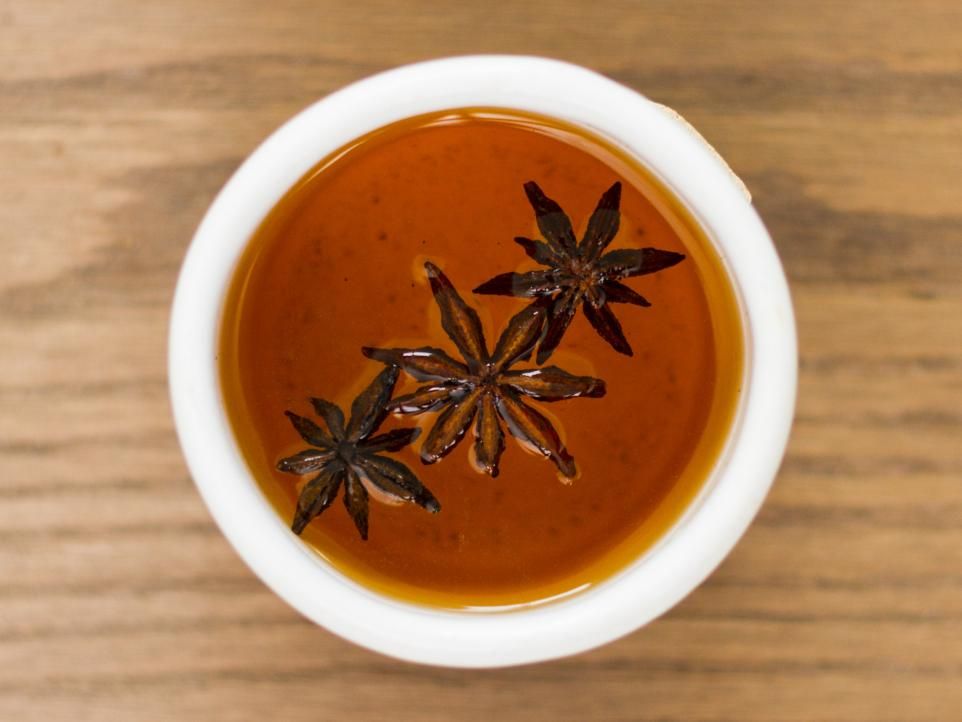
Star Anise Tea: Your New Comfort Ritual
Here’s the easiest way to fall in love with this spice: make tea. Toss a Whole Star Anise pod into a mug, pour hot water over it, and let it steep for 5–10 minutes. Add a slice of ginger or a drizzle of honey if you’re feeling fancy. Grandmas worldwide have sworn by this tea for calming upset stomachs or easing a cough. But even if you’re not under the weather, it’s perfect for curling up with a book on a chilly evening.
So next time you spot those little stars in your spice drawer, remember: they’re not just for looks. They’re a passport to flavor, tradition, and maybe even a moment of calm.


